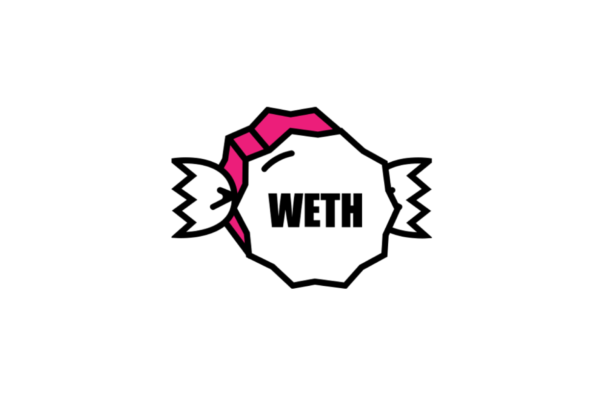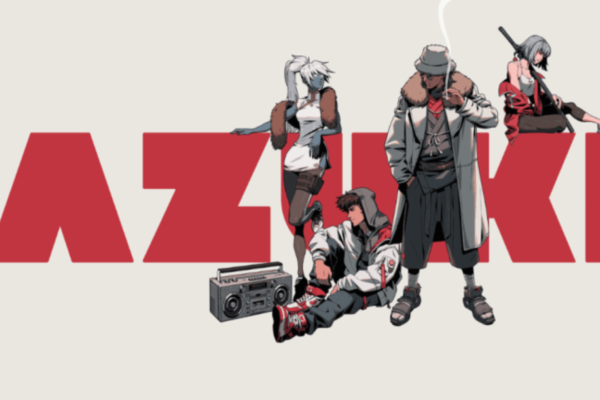Everyone knows about Bitcoin, and other cryptocurrencies have gotten equally as popular. There is a ton of buzz and memes about NFTs. Decentralized finance has gained billions of dollars worth of traction. All of the above is part of the movement that is now called Web 3. But what is its actual meaning?
In short, web 3 is the third evolution of the internet, with a movement away from large, centralized services and companies online (think: Google, Twitter, Apple) and towards a decentralized and commonly owned online future.
Web 1.0 – The Beginning
Before going any further on the meaning of Web 3, let’s step back and examine what web1 and web2 were and currently are.
Web 1.0 generally refers to the first stage of the internet’s development between 1991 and 2004. In its infancy, the world wide web was mostly static webpages with limited features. While many people had their own personal web pages, most were just consumers of content, not producers.
Internet bandwidth and speed were big concerns at the time, so webpages had to be mindful of the content that was shared, as it would significantly slow loading speeds.
While web 1.0 was huge and revolutionary, the real internet many came to know and love is really web 2.0
Web 2.0 – Age of Content Creation
Web 2.0 is where we are now. Around 2004 is when the shift from static web pages to more user generated content occurred.
Blogs, Social Media, Websites, user accounts- anything that you have likely used today is part of the Web 2 shift. However, this shift in user generated content has also created a new dynamic to the web: centralization.
The entire internet is run by a few different companies, which has brought up concerns around data privacy, censorship, and other issues that come with a web built around centralized, proprietary software. Numerous articles have been written outlining Web 2.0 and its effects, but we want to focus on the new and possibly revolutionary Web 3.0
Web 3.0- Decentralization
In simple terms, Web 3 uses blockchain technology, the same tech behind cryptocurrencies and NFTs, to redesign the internet. An internet under Web 3 protocols would not have a few, large players like Google and Amazon calling the shots, rather it would be commonly owned by all users.
Large names in the tech world like Elon Musk and Jack Dorsey are already talking about Web 3.0. However, both of them have had lukewarm responses to the concept, with Musk calling it a “buzzword” and Dorsey saying that “Venture Capital firms” will ultimately own everything.
However, a clip surfaced from 1995 with Bill Gates, founder of Microsoft, talking about the early internet.
Many had the same questions and skepticism around the original internet as they do with web3.

Web3 Architecture
Essentially, Web 3 is an umbrella term for the numerous blockchain technologies that have surfaced in the past few years. Some of the key features include:
- Cryptocurrency
- Decentralized Finance (DeFi)
- NFTs
- Metaverse and Play-to-Earn gaming
While cryptocurrency has exploded in popularity, DeFi, NFTs, and the Metaverse are still relatively niche. There are stories about NFTs selling for hundreds of thousands of dollars, but its adoption is still early.
One of the most interesting recent developments has been play-to-earn gaming. While many are familiar with traditional video games- where you pay a fee to play the game- in NFT games you can actually earn crypto tokens and NFTs that can be sold on the secondary market.
This concept of allowing players to earn money by playing the game is something that hasn’t really been done before on a large scale, and has potential to change much of the gaming landscape.
One of the largest games- Decentraland– allows users to dress their avatars in NFTs that are sold on their marketplace.

While selling in game items for money is not anything new (Counter-Strike has been known for its marketplace), all of this is done in a decentralized manner. There is no central authority that governs the marketplace and takes a cut- the community is the authority. All decisions are made through community token holders (called a Decentralized Autonomous Organization).
This is just scratching the surface, but the web is on the cusp of changing forever. Instead of massive companies owning large parts of the internet, the community will have much more of a say in how things are run.








